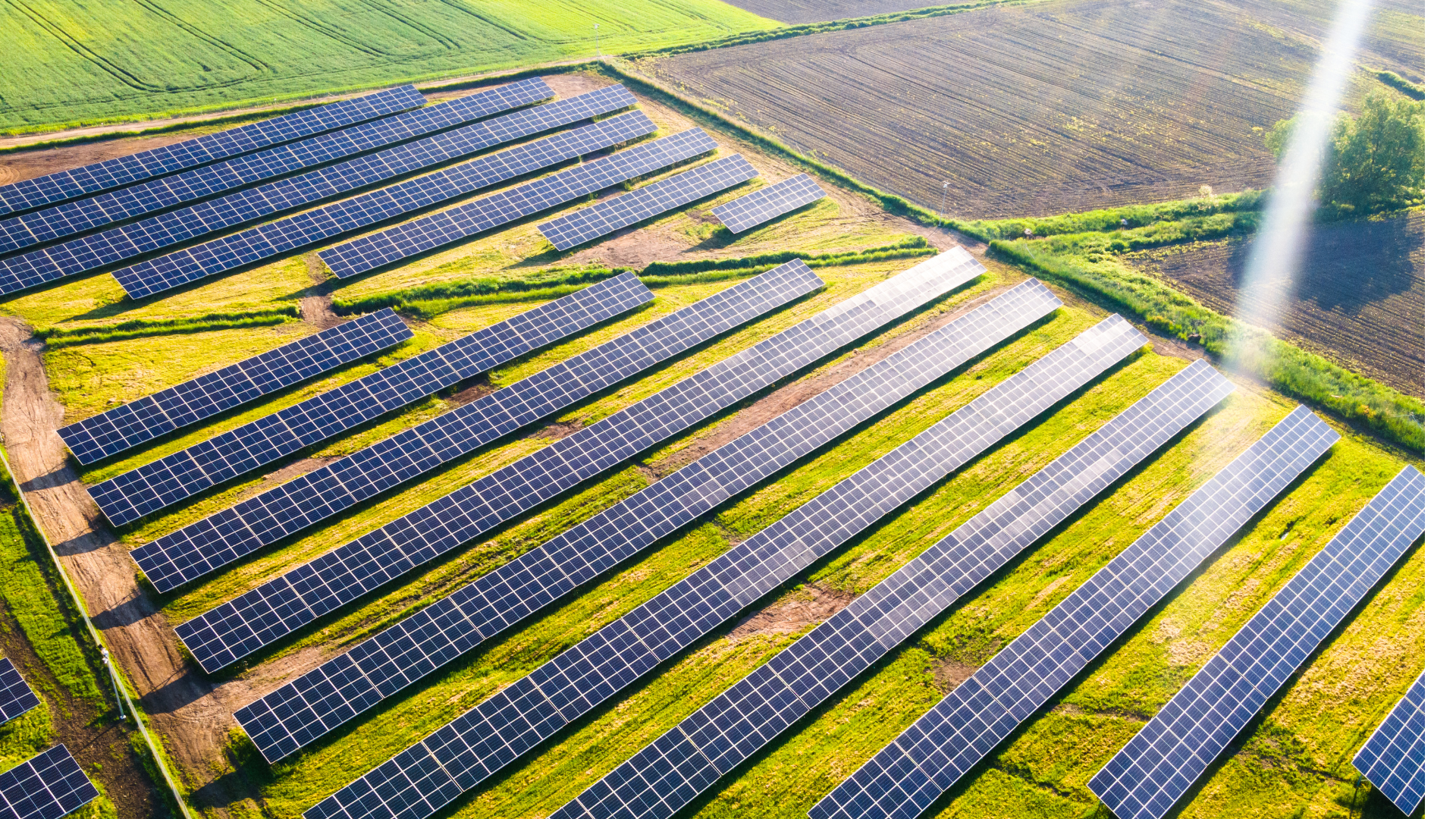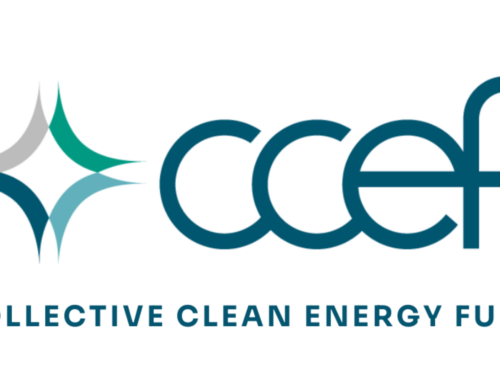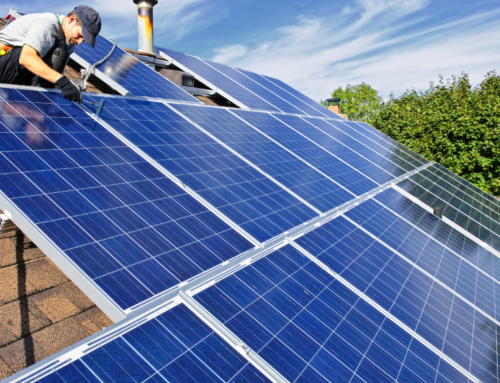In the United States, distributed energy generation capacity is expected to grow by 70% through 2028 according to a Wood Mackenzie report. Distributed solar and energy storage is expected to account for half of total U.S. distributed energy, while EV charging and building automation systems will account for the other half. The adoption of these resources is rising for a variety of reasons, such as rising electrical demand, technological advancements, cost affordability, consumer interest, local and state policies, and funding opportunities.
What is Distributed Generation (DG)?
The Environmental Protection Agency (EPA) defines distributed generation as technologies designed to generate electricity at or near where the electricity will be used. It can be a stand-alone application or it can be connected to a local electrical grid. Examples of distributed energy resources are solar panels, wind turbines, combined heat and power (CHP) units, fuel cells, and energy storage systems. These resources typically generate less than 10 megawatts (MW) and can be sized to meet specific energy needs.
Benefits for Businesses
Distributed energy generation and storage systems can help businesses improve energy independence, reduce their carbon footprint, and lower operating expenses. By producing electricity on-site, businesses can generate renewable energy directly at their facilities. This minimizes their dependence on the electrical grid and reduces emissions by generating clean energy.
Energy storage solutions, such as battery systems, allow businesses to capture excess energy produced during off-peak times (like solar energy generated during the day) and store it for later use. This stored energy can then be deployed strategically to reduce peak demand electricity charges or to supply power during grid outages, potentially lowering energy costs further.
Benefits for Communities
Community distributed generation refers to the concept of installing a local energy generation system, like a solar farm, that an entire group of people can benefit from. Through a subscription model, residents can purchase clean energy from the energy plant at a discounted rate. They receive a credit on their utility bill with no changes in service.
This is a great option for those who don’t want to install or maintain equipment on their own property. Also, subscribers can save around 5 to 10 percent annually on their electricity bill, depending on their subscription with the developer. Community distributed generation also supports the local economy by providing opportunities for renewable energy jobs and development.
Environmental Impact of Distributed Generation
Distributed generation uses clean energy technologies such as solar panels and wind turbines to generate power. Since the energy from these technologies is generated locally, distributed generation systems reduce or remove the wasted energy that occurs at the transmission and distribution stage of electrical delivery.
On the other hand, distributed energy systems require land and space which can cause environmental concerns. Also, when these systems reach the end of life, they may cause environmental issues when they are removed or replaced. Fortunately, battery metals can be recycled indefinitely which can help conserve resources and reduce waste in landfills.
New Opportunities Through the Greenhouse Gas Reduction Fund (GGRF)
CCEF is currently seeking clean energy projects in EPA Region 8 that are installing distributed energy and energy storage systems. Shovel-ready projects that anticipate closing financing within the next 6 to 12 months with requests of $1 million or more are highly encouraged to apply. For more details, view our Request For Information (RFI) page here.







